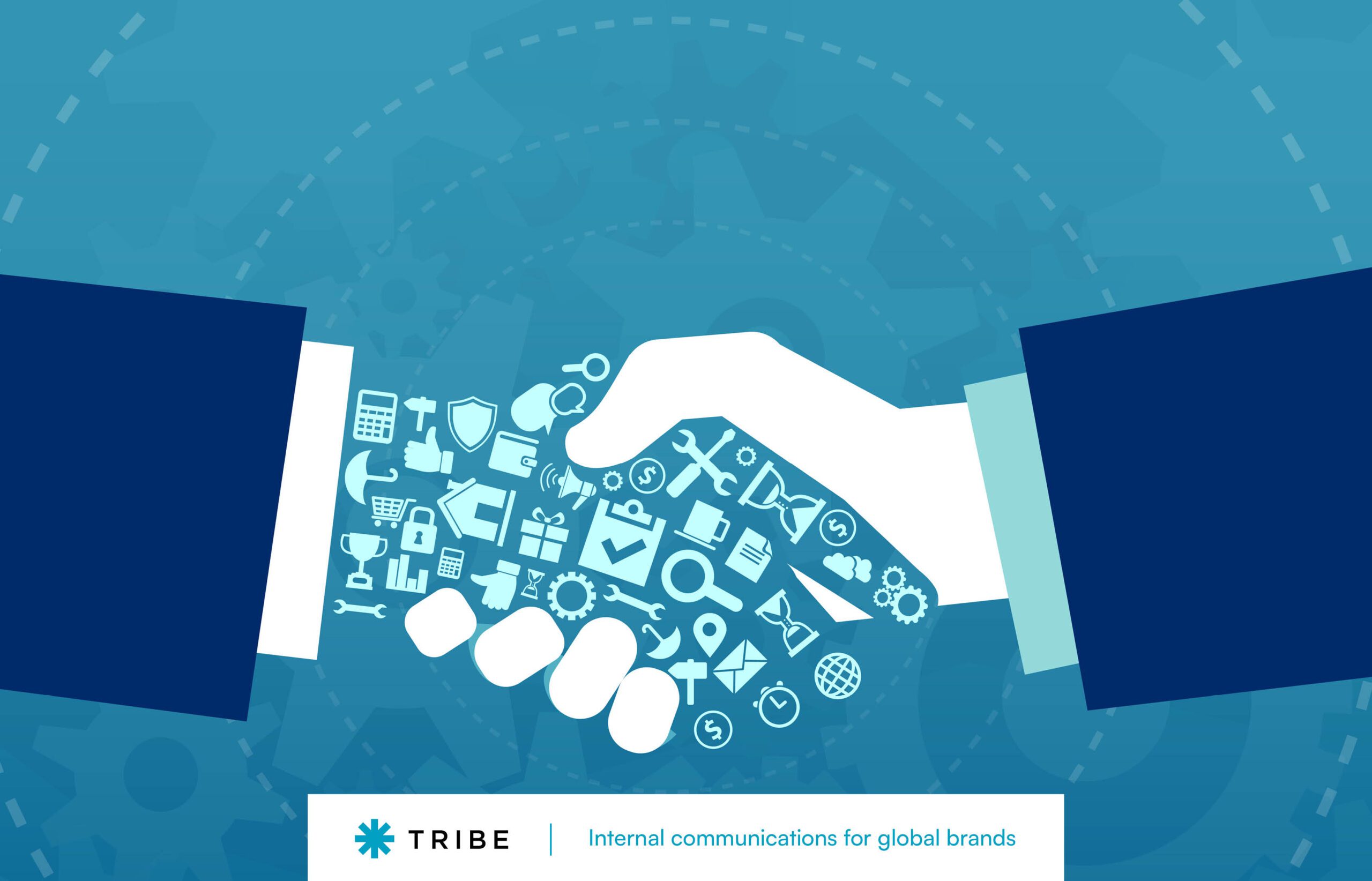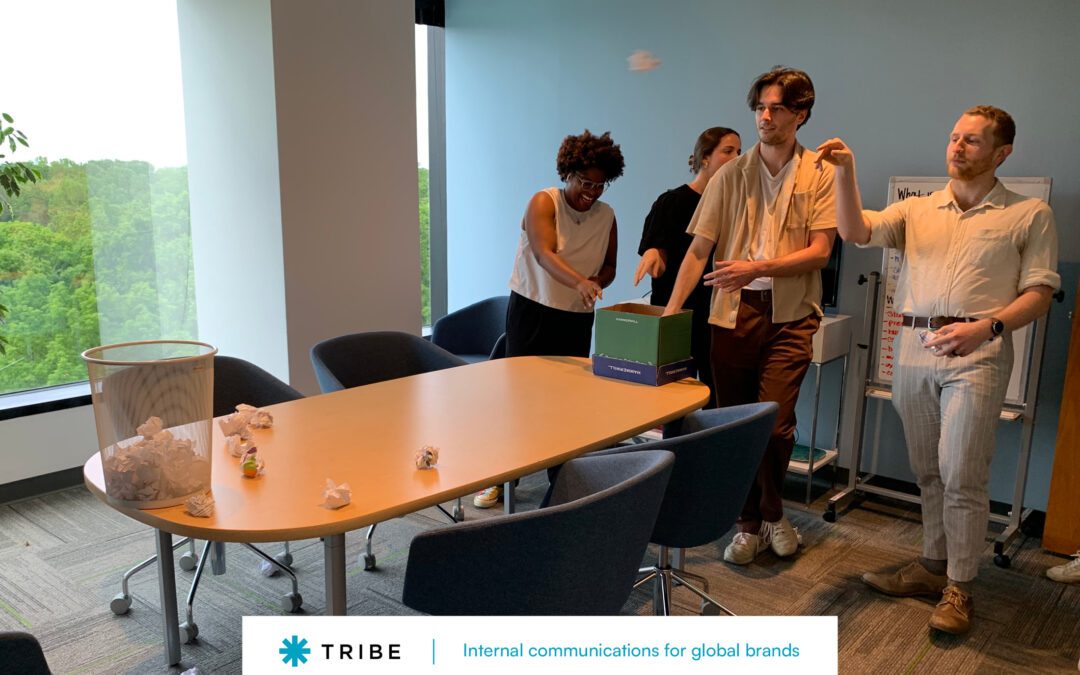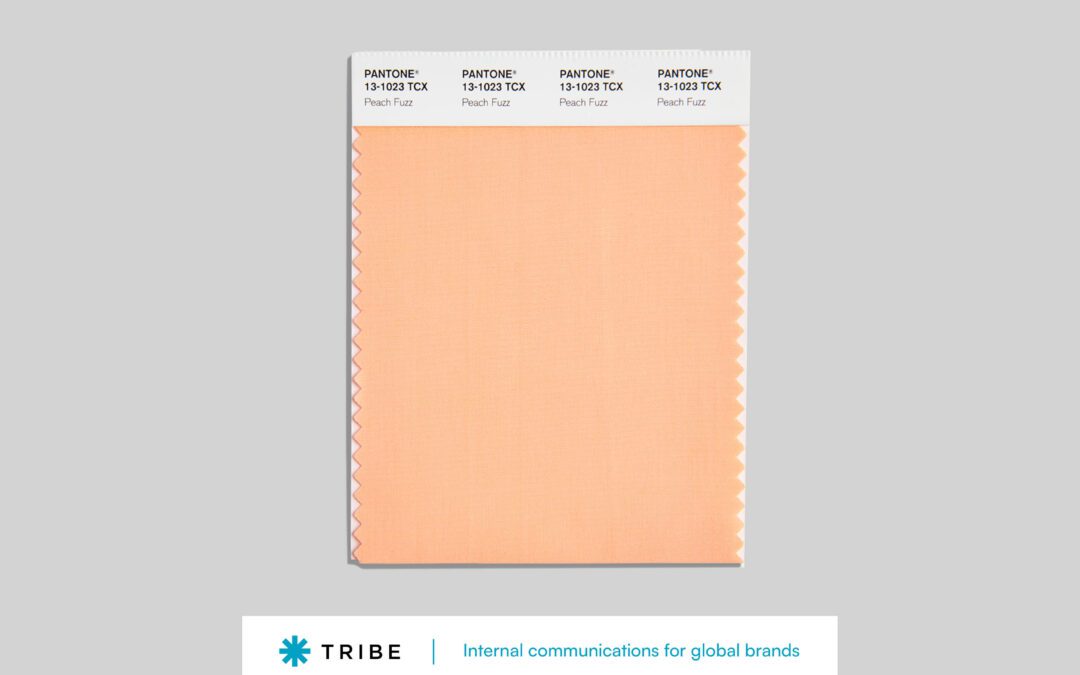On the verge of a technology revolution, you can gain a talent advantage during the advent of AI using these four tips.
Since the launch of ChatGPT in November 2022, there’s been a growing public consciousness about the rise of artificial intelligence — and it has many people wondering what’s going to happen to their jobs. Attracting the best people is going to look different, but you can continue to bring in and develop the best talent with a forward-looking approach to AI.
1. Emphasize a growth mindset.
With the rise of most new technologies, there’s a concern about loss of jobs. The increased prevalence of AI is similar to the rise of the internet. Some jobs are going to go away, but new jobs are going to be created, too. The people who will thrive in the age of AI are the ones who embrace opportunities to learn about new tools and think about creative implementations.
You can prepare your employees for this shift by pushing them to use AI to expand their output, not replace it. AI and machine learning tools can handle massive amounts of information that may be too time-consuming or detailed for humans to deal with, and your employees can use that to their advantage. Direct your employees to find new ways to take advantage of AI tools to be more productive and creative, expanding the reach of your company, instead of viewing it as a threat.
2. Prepare for people to go back to school.
With a decreased demand for select service skills that have been relevant over the last few decades, you can expect people to seek new skills to protect their careers. You can gain a talent advantage when you support these pursuits. After all, you have a better chance to attract and retain skilled employees when you help them build their resumes.
Programs like tuition reimbursement or expense-paid skill accreditations will set you apart when hiring. In particular, you could help your employees take courses and get accredited in using the AI tools related to their roles. This will help you make the most of emerging technologies while giving you a talent advantage in the rise of AI.
3. Look beyond services.
For decades, service-based jobs have made up nearly 80% of the US workforce. While it’s impossible to fully predict what the next wave of new jobs could be, many service jobs are likely to consolidate as employees are able to manage greater numbers of tasks with AI tools.
As the ratio shifts, there could be increased need for non-desk employees and other kinds of work — some of which may not even exist yet. As artificial intelligence tools become stronger and more accurate, it will be important to focus your talent acquisition efforts on manufacturing employees, highly creative employees, and the strategic thinkers who can get the most out of these emerging technologies.
4. Expect generational differences.
As tools that rely on artificial intelligence become more prevalent, different groups of employees will have different types of skills. Younger employees will tend to be more familiar with these tools while lacking some of the interpersonal acumen and hard skills that have been prioritized in older generations, while older employees might experience the reverse.
In today’s talent market, we see demand for older skilled coders in some areas because they’re experienced with coding languages that younger programmers have never seen. We can expect a similar diversity in talent needs as AI becomes even more prevalent. A strong workforce requires different kinds of skillsets, and you’ll thrive in the rise of AI when you build a diversity of experiences in your talent pool.










